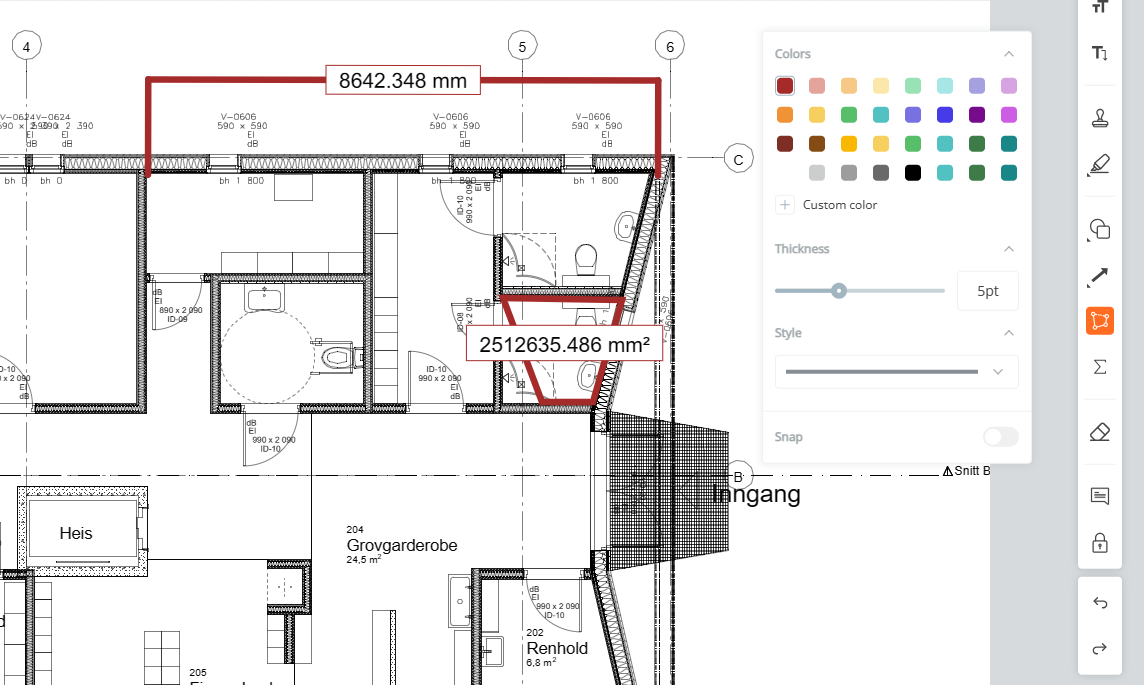Once you’ve finished the takeoff process and have all your measurements ready, the next big question looms: “What’s it going to cost?” This is where estimation tools come into play. While takeoff is about measuring materials and quantities, estimation is about turning those measurements into real, actionable costs.

Before the age of digital tools, estimation was its own adventure in frustration. After completing the takeoff, you’d gather all your data—materials, labor rates, equipment costs—and then spend hours (or days) manually calculating the cost of each item and service. Spreadsheets were your best friend, but they could also be your worst enemy if a formula went wrong or a number was entered incorrectly.
And if the project scope changed halfway through? Back to the drawing board.

Enter the world of modern estimation tools. These tools take all the data from the takeoff process and quickly generate precise, reliable estimates based on current material costs, labor rates, and any other factors specific to your project. Instead of manually inputting numbers into a spreadsheet, you’re now able to pull everything into one place—automating calculations, factoring in fluctuations in pricing, and allowing for real-time updates when project details change.
For many professionals, the true power of estimation software lies in its ability to create detailed, repeatable processes. Need to bid on a similar project? You can use previous estimates as a template and tweak them based on new measurements or updated costs. Estimation tools also help you factor in things like waste percentages, regional labor variations, and even potential project risks, helping you create a more accurate, comprehensive bid.
And here’s the kicker: many modern estimation tools integrate directly with your takeoff software. So, once you’ve completed a digital takeoff, you can easily transfer that data into your estimation tool. The result? A smooth workflow that saves time, reduces errors, and ensures your bids are as accurate as possible.
At the end of the day, having the right estimation tools can be the difference between winning a project and missing out, or even between making a profit or running over budget. For some, that might mean using robust, multi-functional software that handles everything from labor to materials. For others, it might simply mean using a tool that lets you input your takeoff numbers and get a clear, easy-to-understand cost estimate in minutes.
Ready to take your estimation process to the next level? Get in contact with us to see how our tools can help you streamline your workflows.
If you haven’t checked it out yet, take a look at our article on Takeoff Tools to learn how they work hand-in-hand with estimation software for a seamless project workflow.

